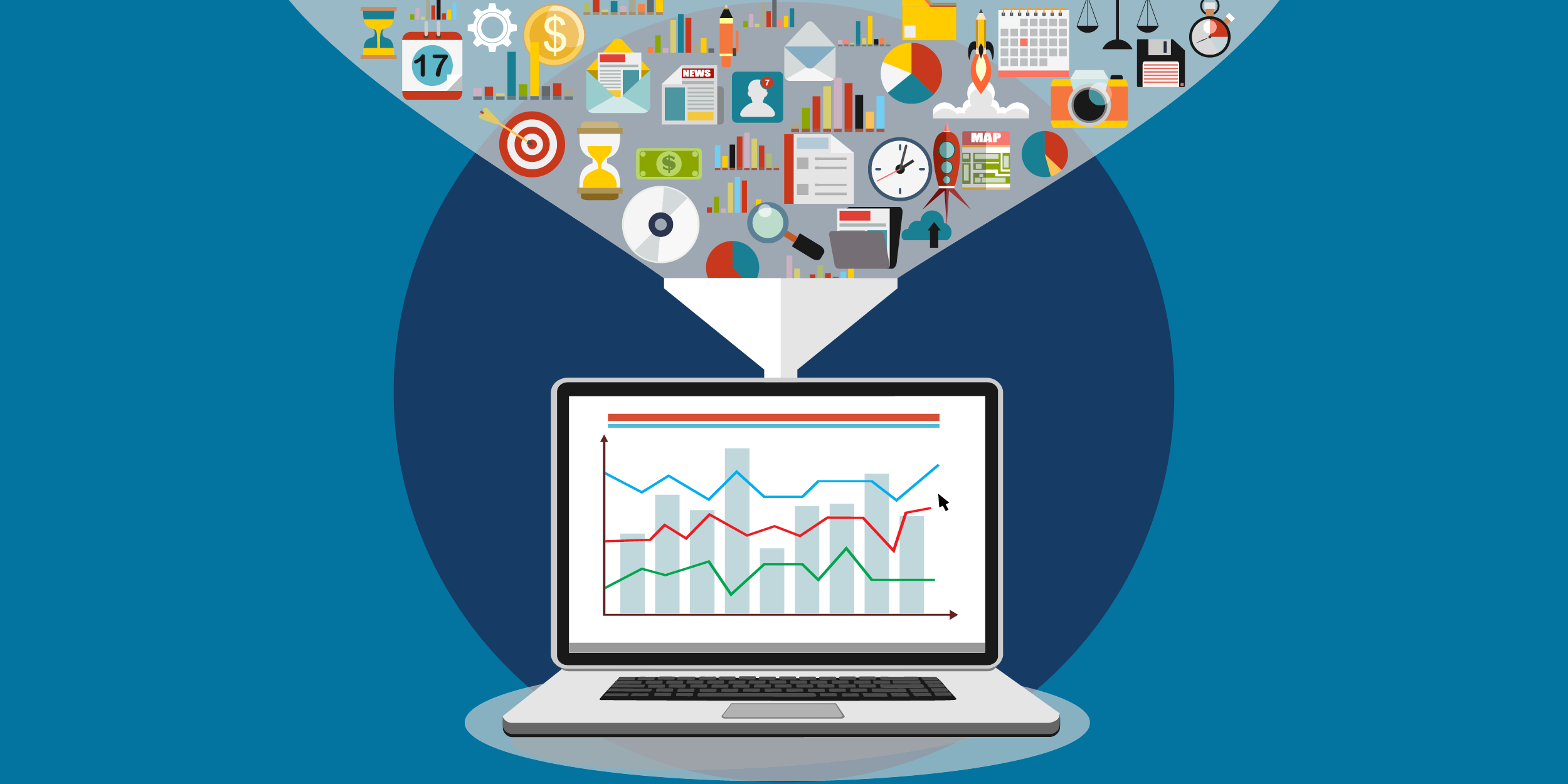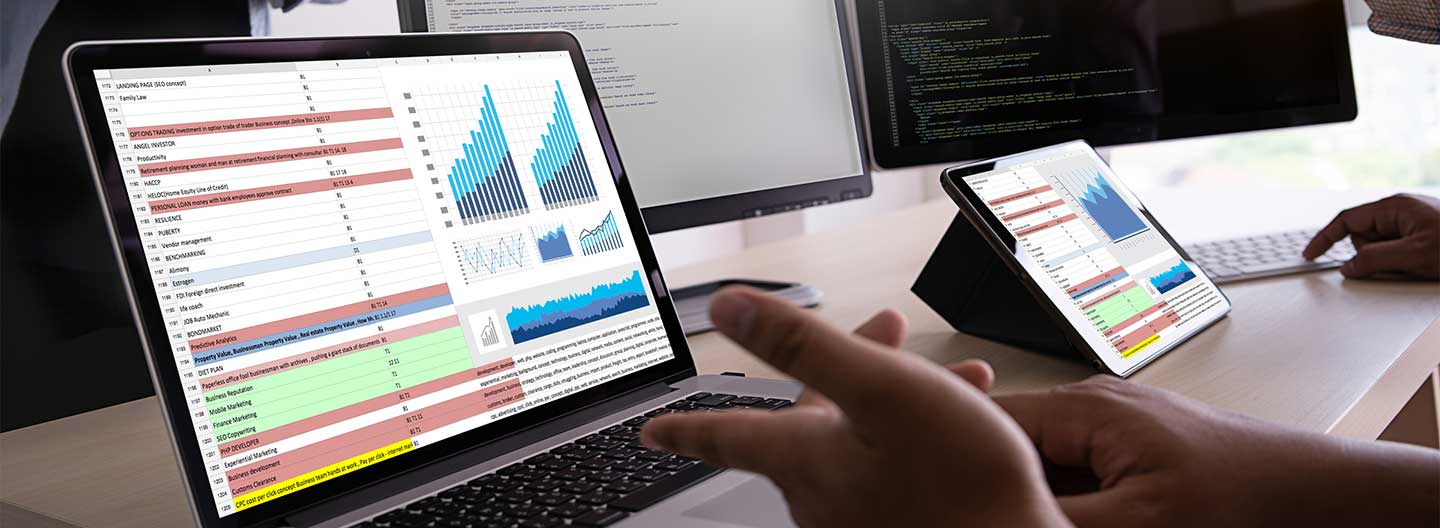"What type of data should we be collecting?"
I'm often asked this question as the founder of an online software tool in the social impact space. The answer is quite straightforward. Start collecting data that you will use.
This answer might seem very basic. But this step is incredibly important to help you to get more from data that you already collect and identify key strategic data gaps that you need to fill.
Perform a Data Audit

When we bring new clients on board with ImpactMapper, we walk them through a simple data audit. Here's how to do one.
- Reflect on the data you are collecting across the organization. This could be donor or grantee profiles, giving histories, surveys, project or grant reports, interviews, input from focus groups, stories of change, trip reports, annual reports, emails where impact-related information has been shared, and so on.
- Make a list of what data you are actually using. In what ways and for what purposes is this data being used?
- Are you collecting the right data to learn, assess progress and failures, and figure out stakeholder needs? Can you communicate your findings in alignment with your strategic contributions and goals? What data should you be collecting towards your organizational and programmatic goals?
As part of the data audit, many groups realize that they are collecting a lot of data but are not actually using it. They often feel overwhelmed by this.
Why don't people use their data optimally? Common reasons include lack of time, shifting internal priorities, low staff capacity, or lack of in-house expertise to manage all of this data and process it.
At the same time, groups are often sitting on treasure troves of data, especially qualitative data. These treasure troves include stories of change, project reports, grantee reports, interviews, and findings from focus groups. All of this data can be mined for unique insights and outcomes.
Optimize Your Data Collection
The first step is to "right-size" your organization's data collection activities. You need to understand how to get more out of the data you already have and how to efficiently collect data in the future.
Aim to collect data that
- Helps you learn what is working and what is not so your organization can take action and improve your programming, organizational development, or grantmaking.
- Collect basic information on grant or project details, efficiency data, staff and organizational capacities, challenges and lessons learned over time, and so on.
- Make sure the data links back to organizational or programmatic strategy and implementation, closing the learning loop.
- Helps you track on-the-ground needs and make adaptive decisions based on your context and this stakeholder feedback.
- Ensure that any assessment of outcomes and longer-term impact is informed by experimenting with different data collection strategies.
- Choose data collection strategies that are participatory and informed by participant voice and analysis.
- Illustrates your unique contributions to meeting the challenges that your work sets out to address, and explores where and how collaborations can maximize your impact.
- Track the outcomes of key partnerships and collaborations, and articulate your value added and role in these processes.
- Often groups may be engaging in a lot of partnerships that are not productive. Aim to pare down those collaborations. If possible, optimally leverage your most important contributions and partner with others towards greater collective change.
- Can be used to communicate your social impact to diverse audiences and perhaps advocate for key gaps or needs in your area of specialization.
- Develop ways to use evidence and data for different communication purposes.
- Create strategic links between your data, monitoring and evaluation, and communication departments to enhance data and evidence use.
Learning from and using data cannot be disconnected from cultural contexts and organizational realities. As such, your data collection and analysis process should always reflect your organizational and programmatic strategy. Strive to push your organization to be more accountable and transparent to your core constituents, and you will become more effective, efficient, and sustainable over time.
Note: TechSoup always recommends reviewing data regulations in your area, which can include laws about PII, new regulations such as GDPR, and existing regulations such as HIPAA. It’s also important to be aware of who can access the data and ensure you have appropriate security policies and process in place. In an increasingly complex world it’s important to consider that the data you store can make the communities you serve more vulnerable.
Additional Resources: Managing Nonprofit Data
- Watch TechSoup's free webinar on How to Use Data Visualization Tools to Track Social Change.
- Learn How to Build Google Analytics Dashboards Like a Boss (for Your Boss).
- Get 6 Tips to Select the Right Online Fundraising Platform.









